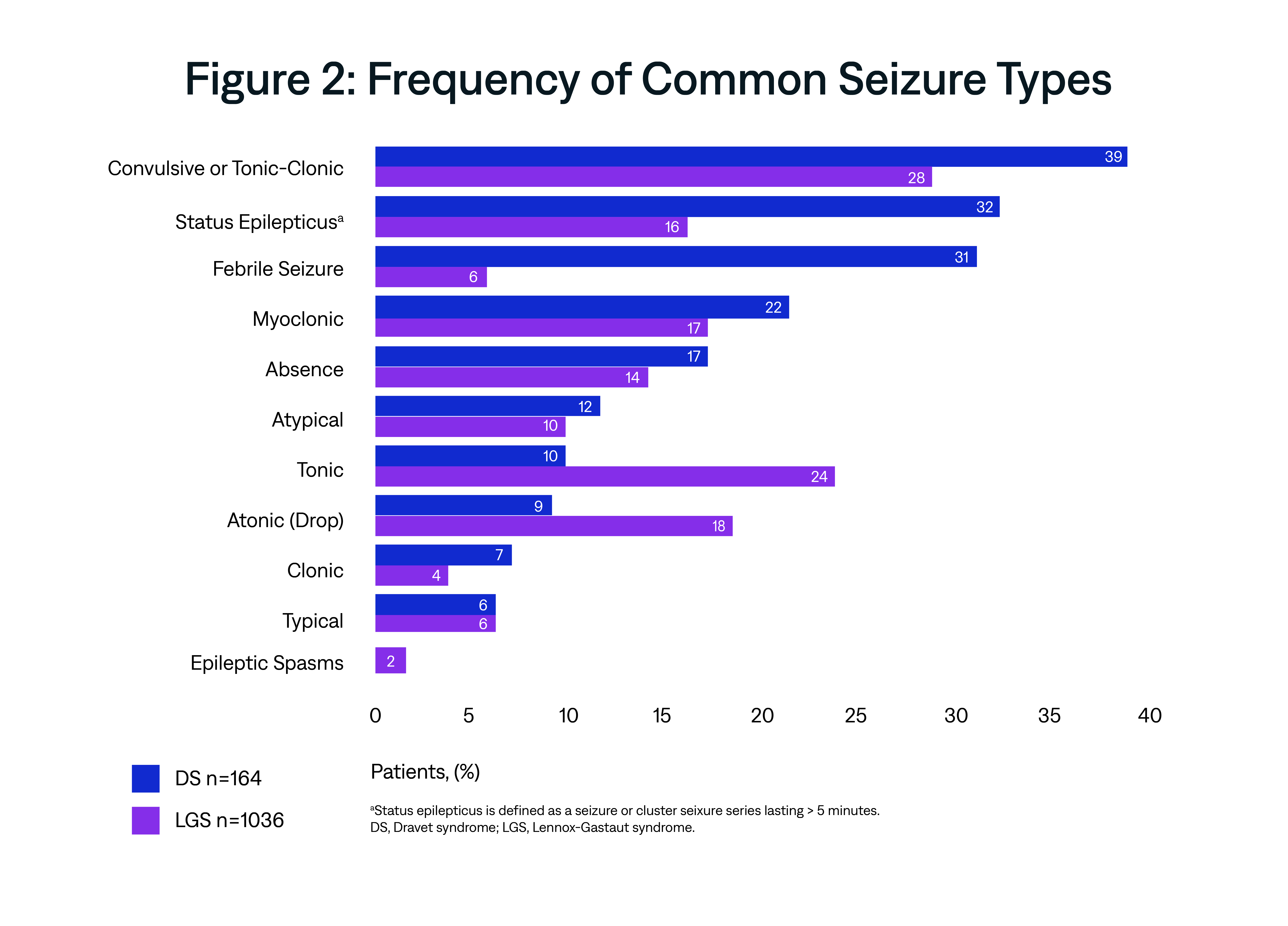
This poster was originally presented at the American Epilepsy Society (AES) Annual Meeting, December 1-5, 2023, in Orlando, FL.
Authors: Satish Rao, Dave Iwanyckyj, Sally W. Wade, Pablo Racana, Fernando Otalora, Mei Lu
Affiliations: Takeda Pharmaceuticals USA, Inc., Lexington, MA, USA; Amplity, Langhorne, PA, USA; Wade Outcomes Research and Consulting, Salt Lake City, UT, US
 According to Figure 3:
According to Figure 3:
See how AnswerY adds powerful context in other research, including biologics in UC and CD, GLP-1s, and biomarker testing.